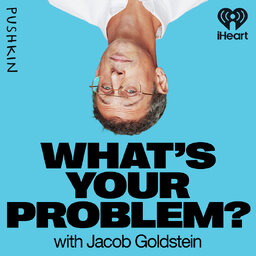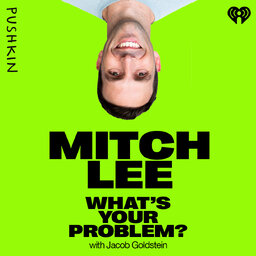Making Palm Oil Without Palm Trees
Palm oil is a cheap and remarkably versatile vegetable oil. It’s in a ton of products, from food to cosmetics, detergent, and chewing gum. But producing so much palm oil is really bad for the planet. Shara Ticku is the co-founder and CEO of C16 Biosciences. Shara's problem is this: Can you get yeast to make an oil that is just as useful as palm oil – without clearing land to grow palm trees?
 What's Your Problem?
What's Your Problem?


